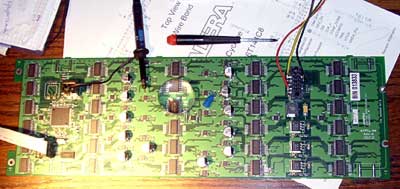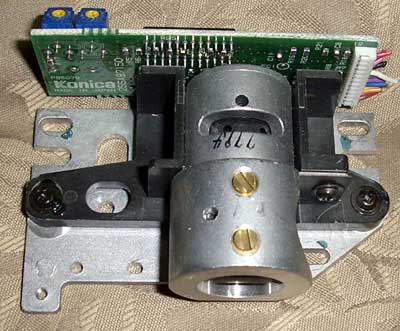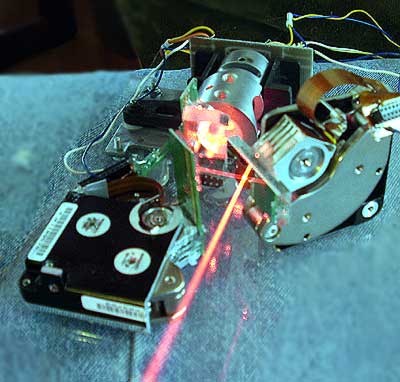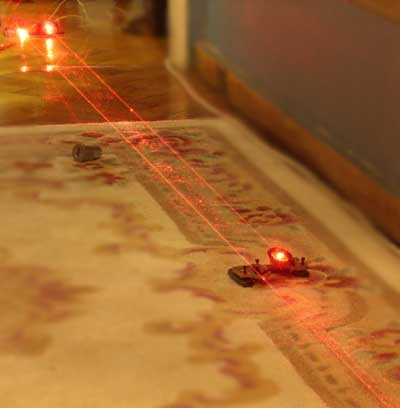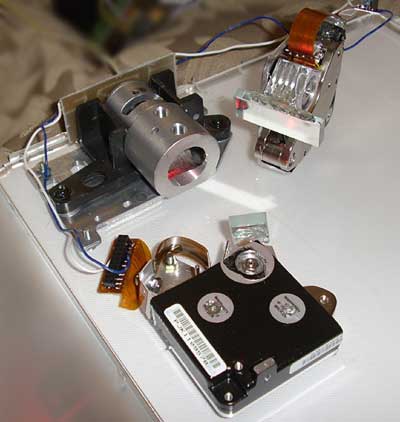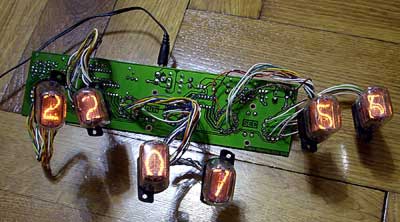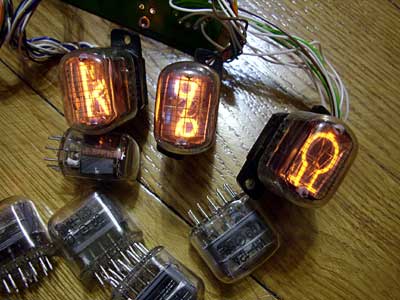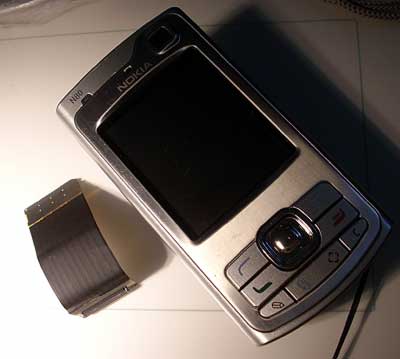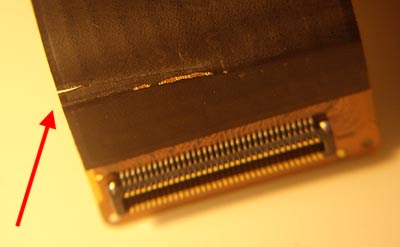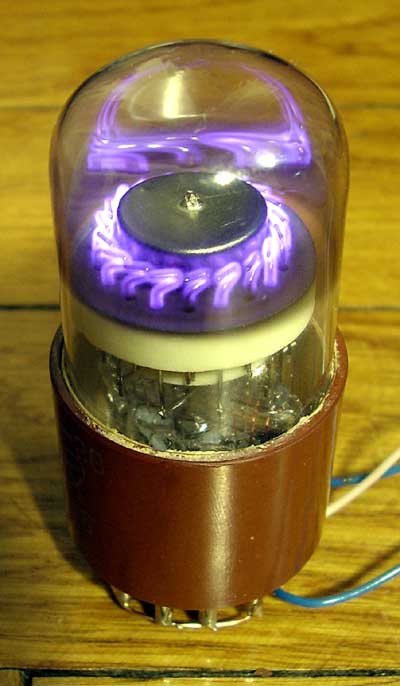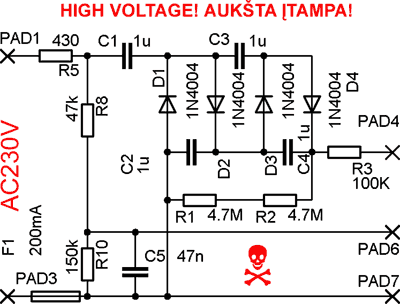We were recycling some medical equipment in 2008. And I found broken CO2 laser tube. So here is abridged translation of old article about laser tubes. BTW, after several years I bough hobby level CO2 laser for plastic and wood cutting. But it is another story…
It was “open core” or stream laser, with missing gas preparation system. The only use for it was to open and look inside for details. Output of the laser was 70W, meanwhile power suply for it was … 5kW. Not very efficient.
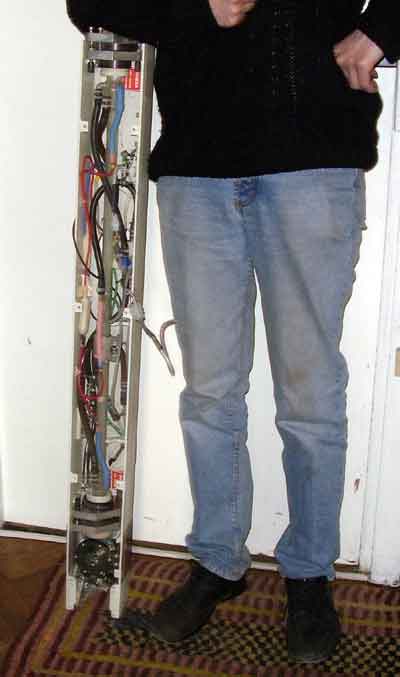
Here is some warning stickers/decals:
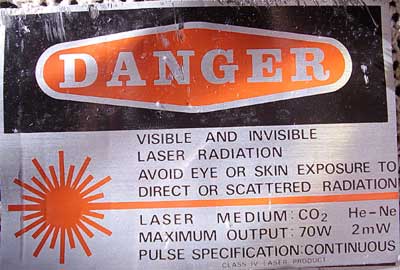
It quite powerfull laser, so warning is about scattered radiation. Even partial reflection can damage you eyes or burn your skin. (I managed to put my hand in unfocused 40W laser beam for short pulse and it hurts!)
All laser element were damaged by watter. But some components maybe are usable:
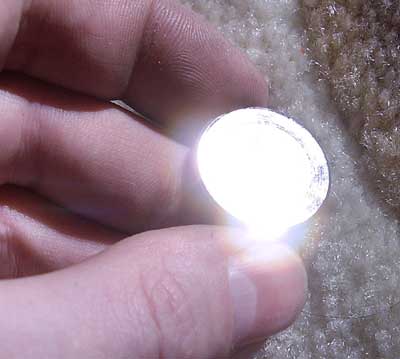
It looks like zinc selenide mirror. Or maybe semi-mirror. Or maybe it is just window to pass infrared waves from laser body to external mirror system. ZnSe is insoluble in water, so the finishing of the optics is quite good. But all gold plated mirrors were damaged.
Here is mechanical device with mirror/window installed:
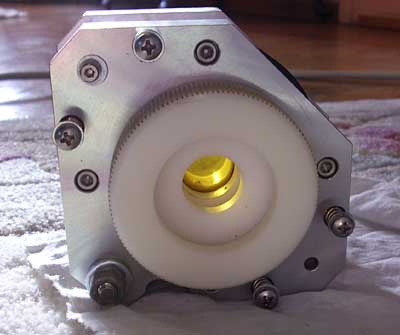
This is piece of mechanical wonder- it is sealed, but adjustable with micrometric screws.
The end of laser tube:
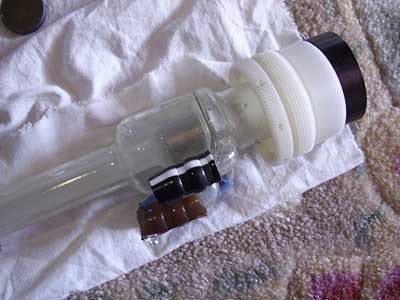
It is visible connections for watter cooling, gas flow (It is open tube, flow laser) fitting and high voltage connection.
Laser tube was damaged and cracked. And without gas preparation system, flow laser are useless.
